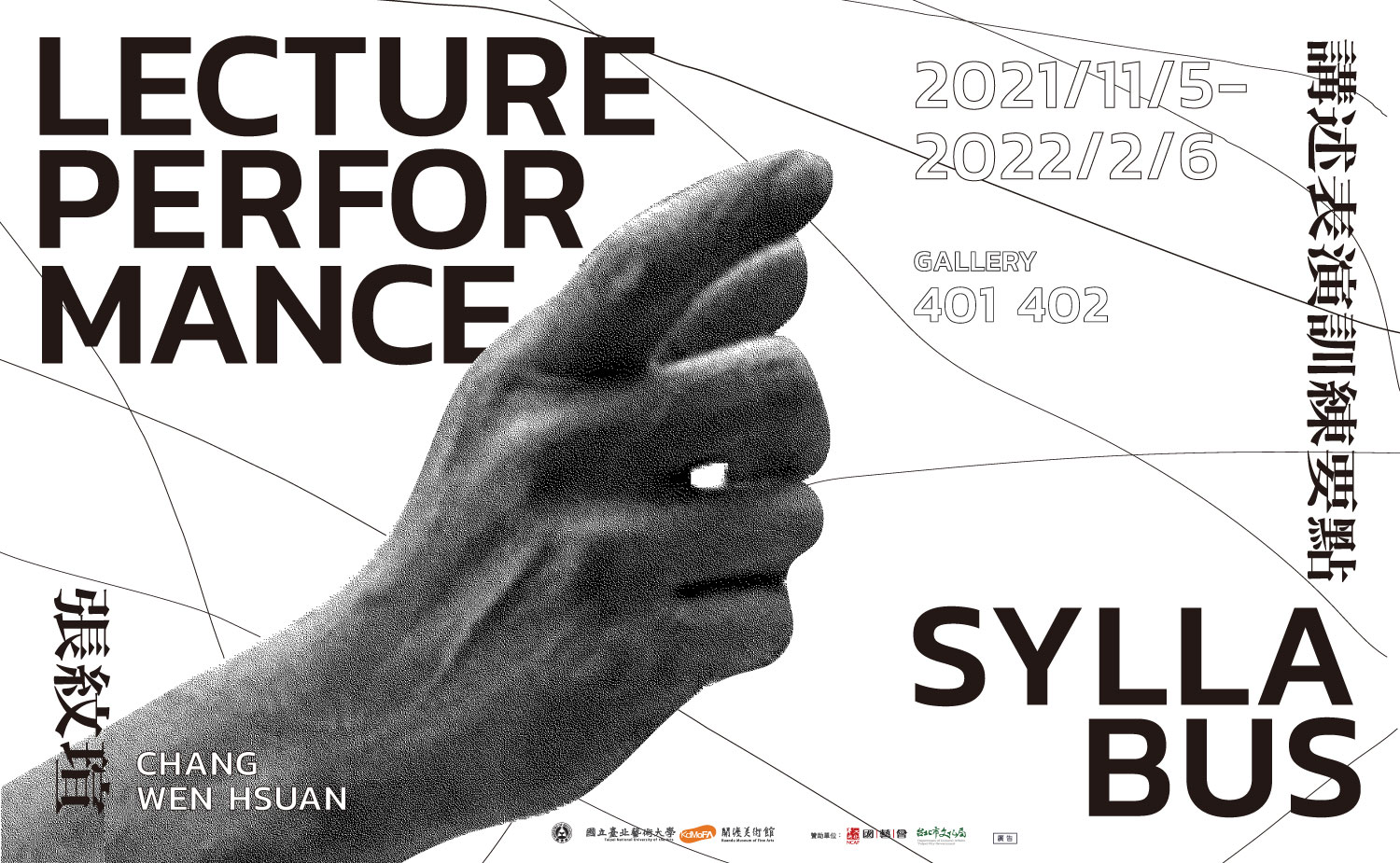I. Training Purpose and Basis
This training is implemented on the basis of the following principle: “Lecture performance does not create new forms of experimentation, realism, or narrative; it rethinks existing ones as a dialogue of ideas.” This is appropriated from Timothy J. Corrigan’s statement regarding essay film in On the History of the Essay Film: Vertov to Verda. The original subjects of the sentence were “essay and essay film.”
II. Training Objectives
(1) To be equipped with sufficient narrative techniques, and be skilled in tide-turning and captivating story-telling processes.
(2) To nurture appropriate postures and gestures when talking, in aim to construct a role with outstanding personality, credibility, and authority.
(3) To train use of voice, while also combining narrative techniques and body language to shape comprehensive audio-visual experience in front of others.
(4) To strengthen the training of lecture performance in daily life, so that it is more than just an art form; in addition to practicing at all times, also examine other’s behaviors from the perspective of lecture performance.
III. Subjects of Training
(1)Everyone who pursues success and wants to know how to control others.
(2)Everyone who pursues freedom and wants to know how not to be controlled by others.
(3)Everyone.
IV. Training Content
(1) Understand own development barriers resulted from innate factors, such as nationality, gender, and ethnicity, and, through learning story-telling technique from countries, use “National Narratology of Success” to correct the limitations of “individual psychology of succes” in the 21st century and achieve goals. Refer to When Did the Merlion Become Extinct? – The Narrative to Succeed in the 21st Century for training details.
(2) Continuation of (1); observe, analyze, and learn from outstanding examples’ postures, including walking, sitting down, and speaking; understand how to dissect movements and the interaction of specific situations and speech postures, and practice in daily life. Refer to The Equipment Show for training details.
(3) Continuation of (1) and (2); understand the conspiracy between speech and action, lecture and performance, and audio and visual; learn voice performance and familiarize with the operations of the relationship of voice and image. Refer to The Ventriloquist for training details.
V. These Directions shall be approved by the Four Asian Tigers, and ratified through review of historical facts prior to taking effect. Amendments shall be processed accordingly.

